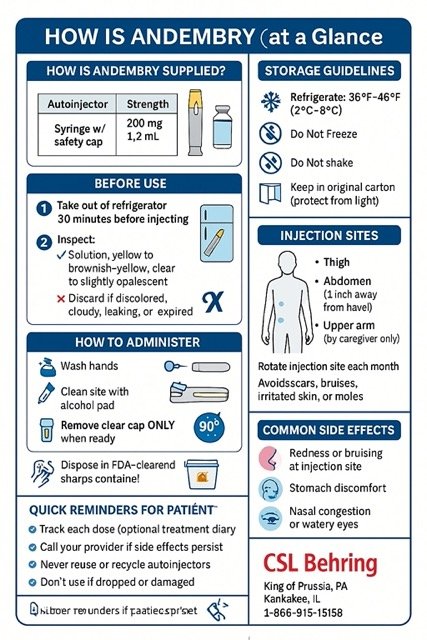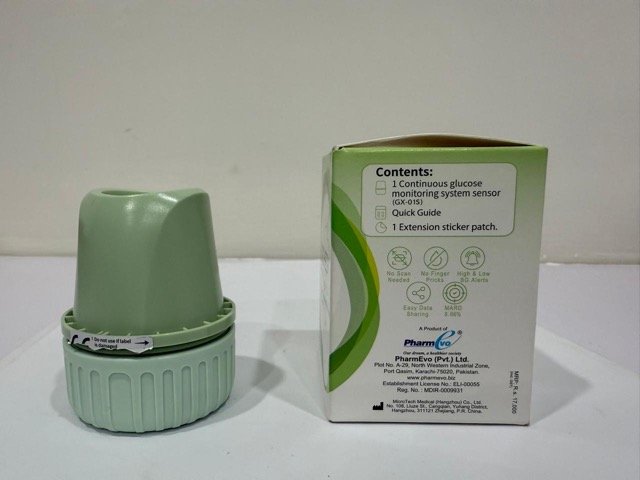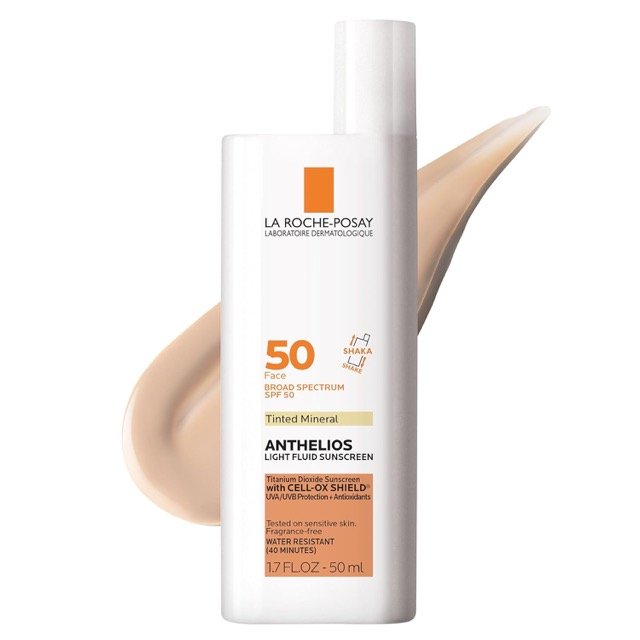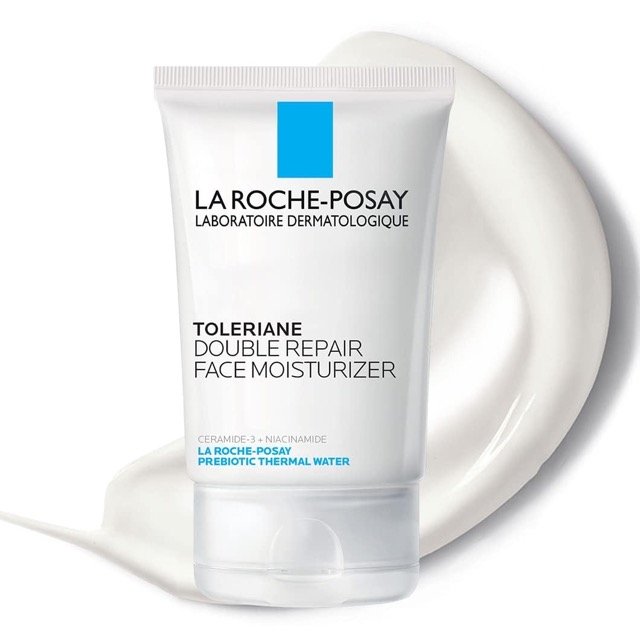Andembry is a monoclonal antibody directed against Factor XIIa. It is indicated for the prophylaxis of hereditary angioedema in children and adults (12 years of age or older).
Andembry FDA Approval: 16th June, 2025
1. Indications and Usage
ANDEMBRY is used to prevent attacks of hereditary angioedema (HAE) in:
-
Adults
-
Pediatric patients aged 12 years and older
2. Dosage and Administration
2.1 Recommended Dosage
-
Loading dose: 400 mg (2 x 200 mg injections) subcutaneously on Day 1
-
Maintenance dose: 200 mg subcutaneously every month
Missed Dose:
Take as soon as possible.
2.2 Administration Instructions
-
Route: Subcutaneous (SC) only
-
Sites: Thigh, abdomen (≥1 inch from navel), or upper arm (caregiver only)
-
Storage: Let the drug sit at room temperature for 30 minutes before injecting
-
Visual check: Solution should be slightly opalescent to clear, brownish-yellow to yellow
-
Disposal: Use a sharps disposal container
Patients or caregivers must be trained on proper injection technique.
3. Dosage Forms and Strengths
-
200 mg/1.2 mL solution available as:
-
Single-dose prefilled autoinjector
-
Single-dose prefilled syringe (with needle safety device)
-
4. Contraindications
-
None
5. Warnings and Precautions
-
None
6. Adverse Reactions
6.1 Clinical Trials Experience
-
Total patients studied: 164 (ages 12+)
-
Duration: Up to 2.6 years median
-
93% of patients used it for ≥1 year
Most Common Adverse Reactions (≥7% incidence):
| Adverse Reaction | ANDEMBRY (N=39) | Placebo (N=25) |
|---|---|---|
| Nasopharyngitis* | 21% | 12% |
| Abdominal Pain** | 8% | 0% |
*Includes: nasopharyngitis, rhinitis, upper respiratory infections
**Includes: abdominal pain (general/lower)
Injection Site Reactions:
Reported in 14% of patients. Types included:
-
Bruising
-
Redness (erythema)
-
Itching (pruritus)
-
Urticaria
-
Hematoma
Lab Abnormalities:
-
Prolonged aPTT (>1.4x ULN): 8% in ANDEMBRY vs 0% in placebo
-
Prolonged PT/INR (>1.3x ULN): 15% in ANDEMBRY vs 4% in placebo
👉 No associated bleeding events
7. Drug Interactions
7.1 Laboratory Test Interference
-
Prolongs aPTT due to inhibition of Factor XIIa
-
May affect interpretation of coagulation panels
-
Not linked to clinical bleeding
Here’s a concise, clearly structured summary for Section 8: Use in Specific Populations from the prescribing information for ANDEMBRY® (garadacimab-gxii), suitable for medical professionals, patients, or as website/EMR content:
Use in Specific Populations
8.1 Pregnancy
Risk Summary:
-
No human data are available to determine the risk of birth defects, miscarriage, or adverse maternal/fetal outcomes with ANDEMBRY.
-
Like other monoclonal antibodies, garadacimab-gxii crosses the placenta, especially in the third trimester, possibly increasing fetal exposure.
-
Animal studies (pregnant rabbits) showed no harm to the fetus at doses up to 100 times the human dose.
Key Point: No evidence of fetal toxicity was observed in rabbits, even at high exposure levels.
Background Risk:
-
In the general U.S. population, the estimated risk is:
-
2–4% for birth defects
-
15–20% for miscarriage
-
8.2 Lactation
Risk Summary:
-
Unknown if garadacimab-gxii is present in human or animal milk, or if it affects the nursing infant or milk production.
-
Human IgG (same class as garadacimab) is known to be present in breast milk.
-
The impact of oral/GI absorption in infants is unknown.
Considerations: Weigh the benefits of breastfeeding against the mother’s clinical need for ANDEMBRY and potential risks to the infant.
8.4 Pediatric Use
-
Approved for use in patients aged 12 years and older.
-
Based on data from 6 pediatric patients (ages 12–17) in the VANGUARD study.
-
Efficacy and safety were comparable to adults.
Not Established: Safety and efficacy in children under 12 years of age.
8.5 Geriatric Use
-
6 patients (9%) in the VANGUARD trial were ≥65 years.
-
No differences in safety or effectiveness were observed compared to younger adults.
Here is a professional and patient-friendly summary for Section 16: How Supplied / Storage and Handling and Section 17: Patient Counseling Information for ANDEMBRY® (garadacimab-gxii):
How Supplied, Storage, and Handling of ANDEMBRY®
Available Presentations
ANDEMBRY® (garadacimab-gxii) is supplied as a single-dose, ready-to-use subcutaneous injection in two forms:
| Presentation | Strength | NDC (Device) | NDC (Carton) |
|---|---|---|---|
| Prefilled autoinjector | 200 mg/1.2 mL | 63833-925-20 | 63833-925-01 |
| Prefilled syringe with needle safety device | 200 mg/1.2 mL (167 mg/mL) | 63833-920-20 | 63833-920-01 |
Each unit is packaged in an individual carton.
Storage Instructions
-
Store refrigerated at 36°F to 46°F (2°C to 8°C)
-
Do NOT freeze
-
Do NOT shake
-
Keep in the original carton to protect from light
Important Patient Counseling Information
Administration & Handling
-
ANDEMBRY is for subcutaneous injection only
-
It may be self-administered or administered by a trained caregiver
-
Injection sites: upper arm, thigh, or abdomen (avoid the navel area)
-
Rotate injection sites with each dose
-
Instruct patients not to reuse the autoinjector or syringe
Proper disposal: Used autoinjectors or syringes should be placed in an FDA-cleared sharps disposal container
Patient Instructions & Education
-
Advise patients to read the full Instructions for Use each time they receive a refill
-
Train patients and caregivers thoroughly on:
-
Medication preparation
-
Injection technique
-
Safe disposal of used devices
-
Manufacturing Information
-
Manufactured by:
-
CSL Behring GmbH, Marburg, Germany – US License No. 1765
-
CSL Behring LLC, King of Prussia, PA – US License No. 1767
-
-
Distributed by:
-
CSL Behring LLC, Kankakee, IL 60901
-
For more information, visit: www.ANDEMBRY.com
Patent info: www.cslbehring.com/products/patents
Summary: What You Need to Know About ANDEMBRY®
ANDEMBRY® (garadacimab-gxii) is a prescription medication used to prevent hereditary angioedema (HAE) attacks in patients aged 12 years and older. It works by inhibiting activated Factor XII (FXIIa), a key player in the kallikrein-kinin system that drives inflammation and swelling in HAE.
Clinical trials, including the pivotal VANGUARD study, showed that ANDEMBRY significantly reduces monthly HAE attack rates—by up to 89% compared to placebo. The most common side effects include injection site reactions, abdominal pain, and cold-like symptoms.
While data in pregnancy and lactation are limited, animal studies have not shown harm. ANDEMBRY is also considered safe in older adults and adolescents over 12 years.
It comes in ready-to-use prefilled autoinjectors or syringes, to be stored in the refrigerator and administered subcutaneously once a month. Patients should receive proper training before self-injection and follow safe disposal practices.
With its strong efficacy and convenient once-monthly dosing, ANDEMBRY offers an important treatment option for those living with HAE.
🧴 How Is ANDEMBRY Supplied?
📦 Two Forms (Single-Dose | For Subcutaneous Use):
| Presentation | Strength | Use |
|---|---|---|
| 💉 Autoinjector | 200 mg/1.2 mL | Self or caregiver |
| 💉 Syringe w/ safety cap | 200 mg/1.2 mL | Caregiver preferred |
❄️ Storage Guidelines
-
✅ Refrigerate: 36°F – 46°F (2°C – 8°C)
-
⛔ Do Not Freeze
-
⚠️ Do Not Shake
-
🌗 Keep in original carton (protect from light)
📌 Before Use
-
Take out of refrigerator 30 minutes before injecting
-
Inspect:
-
✔️ Solution: yellow to brownish-yellow, clear to slightly opalescent
-
❌ Discard if discolored, cloudy, leaking, or expired
-
💉 Injection Sites
-
✅ Thigh
-
✅ Abdomen (1 inch away from navel)
-
✅ Upper arm (by caregiver only)
-
🔄 Rotate injection site each month
-
🚫 Avoid: scars, bruises, irritated skin, or moles
🧼 How to Administer
-
Wash hands 🧼
-
Clean site with alcohol pad
-
Remove clear cap ONLY when ready
-
Inject at 90° angle
-
Listen for 2 clicks (start & finish)
-
Hold for 5 more seconds after 2nd click
-
Dispose in FDA-cleared sharps container
⚠️ Common Side Effects
-
Redness or bruising at injection site
-
Stomach discomfort
-
Nasal congestion or watery eyes
🧾 Quick Reminders for Patients
-
📅 Track each dose (optional treatment diary)
-
🧑⚕️ Call your provider if side effects persist
-
♻️ Never reuse or recycle autoinjectors
-
📦 Don’t use if dropped or damaged
🏢 Manufactured & Distributed By:
CSL Behring GmbH & CSL Behring LLC
📍 King of Prussia, PA | Kankakee, IL
🔗 www.ANDEMBRY.com
📞 1-866-915-6158
Here is an infographic created by AI:








